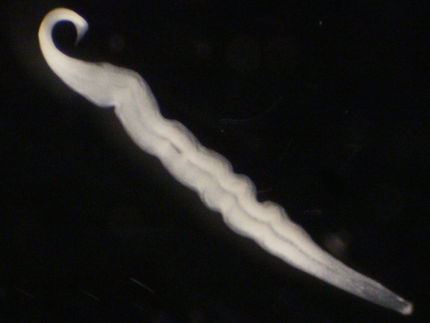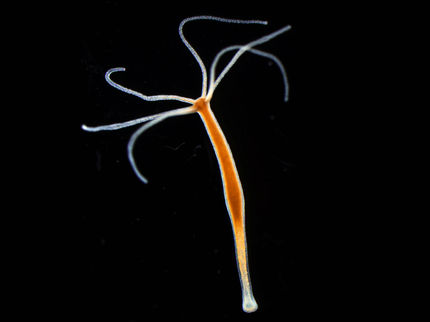When it is good to be wrinkly: bacteria with a wrinkly look are best adapted to a host organism
Advertisement
All multicellular organisms - from the simplest animal and plant organisms to humans - live in close association with a variety of microorganisms that colonise their tissues and form symbiotic relationships with the host. Many life functions such as nutrient uptake, regulation of the immune system or even neurological processes result from the interactions between host organism and microbial symbionts. The functional cooperation between host and microorganisms, which scientists refer to as a metaorganism, is being studied in detail at Kiel University in the Collaborative Research Center (CRC) 1182 "Origin and Function of Metaorganisms".
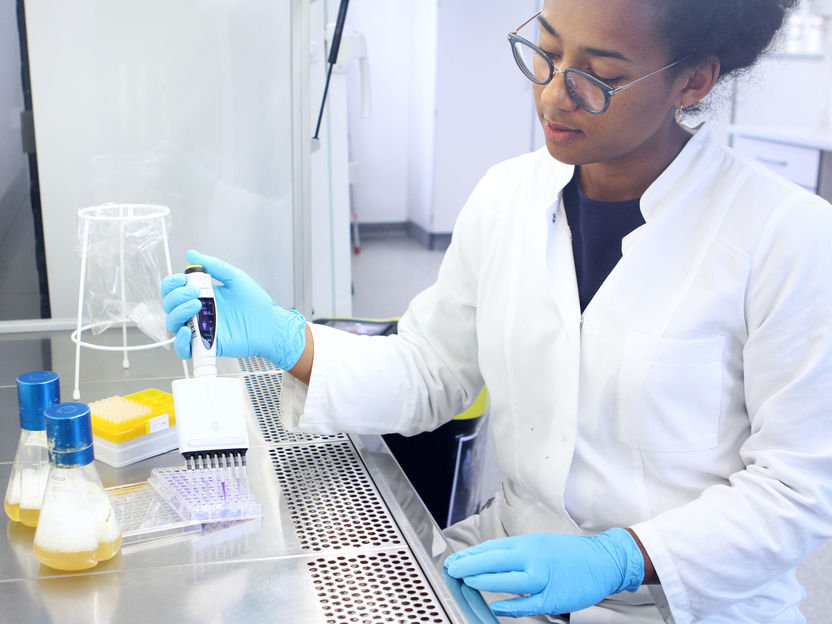
In the new study, Dr Nancy Obeng and her colleagues were able to identify several specific gene mutations that are causally related to the host adaptation of the bacterium Pseudomonas lurida.
© Christian Urban, Uni Kiel

The research team studied the adaptation of the bacterium P. lurida at the transition from a free-living to a host-bound lifestyle as a symbiont of the nematode Caenorhabditis elegans (pictured).
© Prof. Hinrich Schulenburg
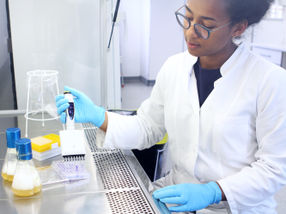
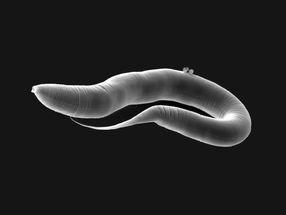
Symbiotic relationships between microbes and more complex organisms are as old as multicellular life itself. A common assumption about the origin of these associations is that they are primarily based on an evolutionary advantage for the host. This paradigm is countered by the fact that microorganisms evolve much faster than their hosts and their high potential for adaptation may be an important driver of symbioses.
A research team from the Evolutionary Ecology and Genetics group at the Institute of Zoology at Kiel University has now used so-called evolution experiments as well as genetic analyses to investigate which cellular mechanisms of bacteria underlie an adaptation to the host and which ecological advantages can arise for the microorganisms by entering into a symbiotic relationship. To this end, they investigated the adaptation of the bacterium Pseudomonas lurida at the transition from a free-living to a host-bound lifestyle as a symbiont of the nematode Caenorhabditis elegans. The researchers were able to identify several specific gene mutations that are causally related to the host adaptation of the bacteria. In addition, they found that these genetic changes resulted in wrinkly colony morphology, which led to a more sessile, less mobile lifestyle of the bacterium, giving them a competitive advantage over non-host-adapted conspecifics. The Kiel scientists published their results in the journal Nature Microbiology.
Symbiosis as an advantageous strategy for the bacterium
To experimentally investigate the mechanisms of host adaptation in bacterial cells, the research team chose the bacterium P. lurida. It occurs in the natural microbial colonisation of C. elegans, but can also exist free-living without a host organism. The researchers conducted a series of experiments in which P. lurida bacteria living freely on agar plates encountered C. elegans and were able to associate with the hosts for the duration of one worm generation. They then transferred the bacteria that had colonised the worms back onto the plates to allowed them to colonize the host again. This cycle was repeated over ten generations of the worm in order to permit the bacteria to evolve a close association with the host organism.
"Using the approach of experimental evolution allowed us to evolve bacteria to a host-bound lifestyle," explains the first author of the paper, Dr Nancy Obeng, a research scientist in the Evolutionary Ecology and Genetics group. "These adaptations became first evident by a wrinkly-looking colony morphology formed on the culture medium," Obeng continues. The "Wrinkly" phenotype occurred in great numbers, indicating its dominance over other types. In addition, a number of functional differences were revealed in these evolved bacteria: They were able to colonise the host organism more quickly and persist with higher likelihood, but they were also able to switch back to a free-living life cycle efficiently. In addition, they exhibited lower motility, i.e. a less pronounced ability to move around in the free-living life cycle, for example on a nutrient medium. "The sum of these host adaptations represents an ecological strategy that is advantageous for the bacterium, allowing the host specialists to successfully colonise several hosts in succession and to prevail overall against the original, ancestral bacterium," says CRC 1182 member Obeng.
Genetic switch controls adaptations to the host organism
The researchers next assessed whether the observed adaptations are due to genetic evolution and, if so, which change in the genome is responsible for this. To do this, they performed whole genome sequencing of the differently adapted morphotypes of the bacterium and compared them with the original, ancestral type. "We were able to identify certain genes that were mutated only in the host-adapted bacteria. Two of these genes are related to the so-called Wsp system of the bacterial cells, a sensory system that can perceive environmental cues and pass them on to signal transduction pathways within the cell," Obeng explains. "In the host-adapted bacterium, the mutation of these genes ensures that a certain cellular messenger, denoted c-di-GMP, is upregulated," emphasises Obeng.
In order to test a causal relationship of this system with the adaptation to the host lifestyle, the researchers manipulated the relevant genes in non-host-adapted P. lurida bacteria. These bacteria subsequently showed the phenotypic and functional adaptations of host association. In addition, other host-living Pseudomonas species were found to have similar genetic changes. "We were thus able to identify c-di-GMP as a general regulatory switch for the establishment of a host association across different Pseudomonas species," Obeng summarises.
Evolution of microorganisms as drivers of symbioses
The new results of the CRC 1182 research team contribute to a better understanding of the evolutionary origin of host-microbe associations, which are usually studied by taking the host rather than the microbial perspective. "It is particularly interesting that c-di-GMP has so far been known mainly as a regulator of the virulence in various pathogens. Our results now demonstrate that c-di-GMP is more broadly important for host adaptation - regardless of whether we are dealing with pathogens or beneficial microbes," emphasises Professor Hinrich Schulenburg, head of the Evolutionary Ecology and Genetics research group.
Further research into these relationships could help in the future with understanding the cellular processes that bacteria use to temporarily or permanently enter symbiotic lifestyles and derive beneficial ecological strategies from this - for example, using their hosts as vectors to open up new habitats. "Overall, our work shows once again that the experimental evolution of bacterial symbionts of the nematode C. elegans provides an ideal model system to elucidate and generalise fundamental mechanisms of host-microbe interactions," says Schulenburg, vice spokesperson of the CRC 1182.




